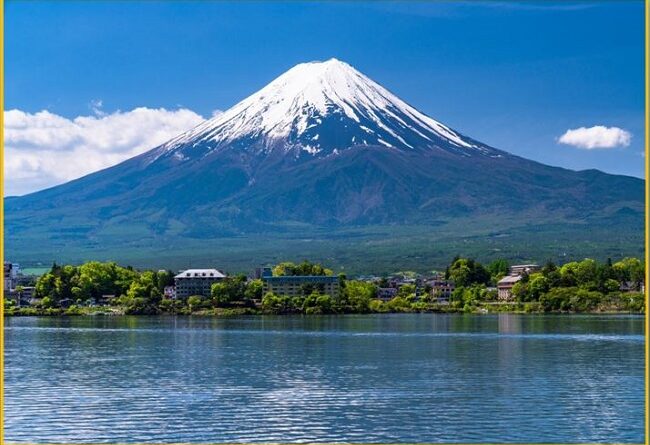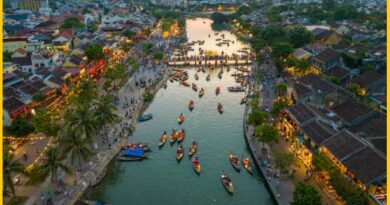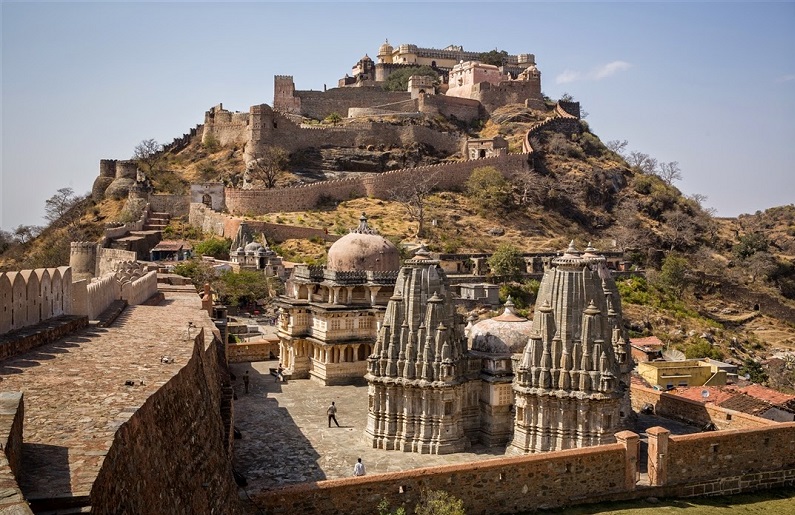Mount Fuji from Tokyo; the triple junction point of tectonic activity and beauty of nature, take a look.

Mount Fuji is the most popular tourist destination in Japan, for both Japanese as well as foreign tourists. More than 2 lack people climb to the hill every year. On the route up the Volcanic crater small huts, providing refreshments to the people, first, add medical things and room to rest. Some people start climbing Fuji at night, to see the sunrise from the summit. Actually, Japan positioned the far eastern part of the globe, where the sun is rising early in the whole world that the reason Japan is known as “the Land of the Rising Sun.” The sunrise from Mount Fuji has a local name, Noriko.

Mount Fuji has been a site of spiritual importance and a source of artistic inspiration for a long time. Mount Fuji served as a destination for monks to undergo training. It has been a sacred site for practices of Shinto since at least the 7th century. Shinto is the indigenous faith or spirituality of Japan. The numerous shrines at the base of the mountain are a testament to Mt. Fuji’s spiritual and historical significance.
Also read- Snow Monsters Mount Zao-An Amazing Natural phenomenon in Japan
A Geographical wonder
Mount Fuji formed around 0.6 Million years ago, due to the repeated volcanic eruptions. It is one of the most famous volcanic places in the world. Mount is a composite cone or stratovolcano. Composite cones, formed by violent eruptions, of rock, ash, and lava.

The last eruption in 1707 lasted for 16 days, with volcanic ash reaching as far as Tokyo. Volcanic activity is also responsible for creating the five lakes at the mountain’s base, and numerous caves near Aokigahara Forest. The areas around Mt. Fuji also consist of many mineral-rich hot springs, making the region a perfect paradise for relaxation.

Five lakes namely lake Kawaguchiko, Lake Yamanakako, Lake Saiko, lake Shojiko, and lake Motosuko were formed during Mount Fuji’s multiple eruptions. Interestingly, three of the lakes, Saiko, Shojiko, and Motosuko are still connected with each other by underground waterways.
There are many phenomena that occurred in Fuji from sunrise to Moonlight. Red Fuji is a Phenomenon that occurs during sunrise and sunset when a mountain shines bright in red. Mount Fuji impresses with blue color when it covered with white snow. Upside down Fuji can be seen the day with clear air and without any wind in the nearby lake.

It also has names like Diamond Fuji and Pearl Fuji. At the time of sunset or sunrise, the sun perfectly dancing on Mount Fuji. It looks like a Diamond and thus known as Diamond Fuji while when full moon sitting on Mt. Fuji it’s sparkling in the soft light of the moon than it is known as pearl Fuji.



